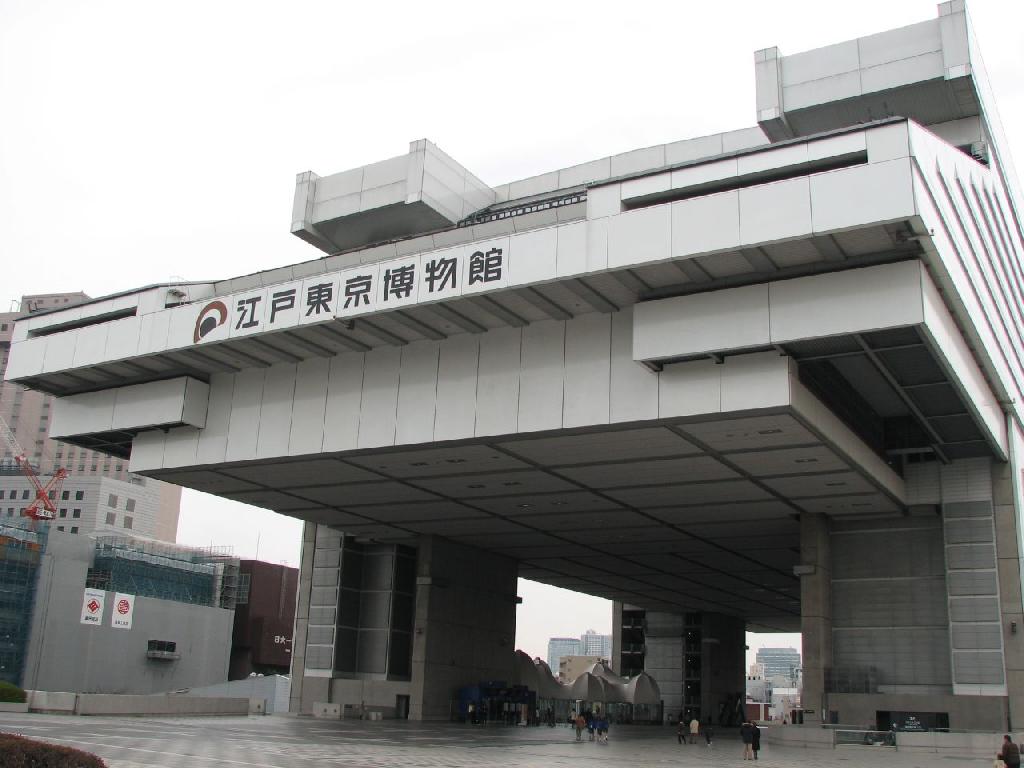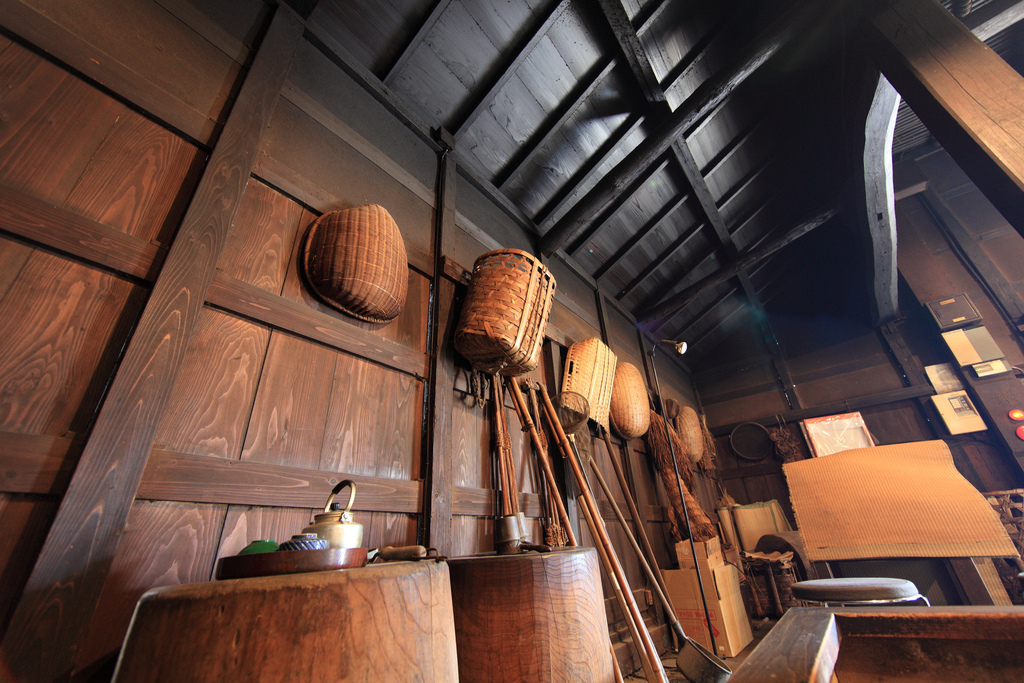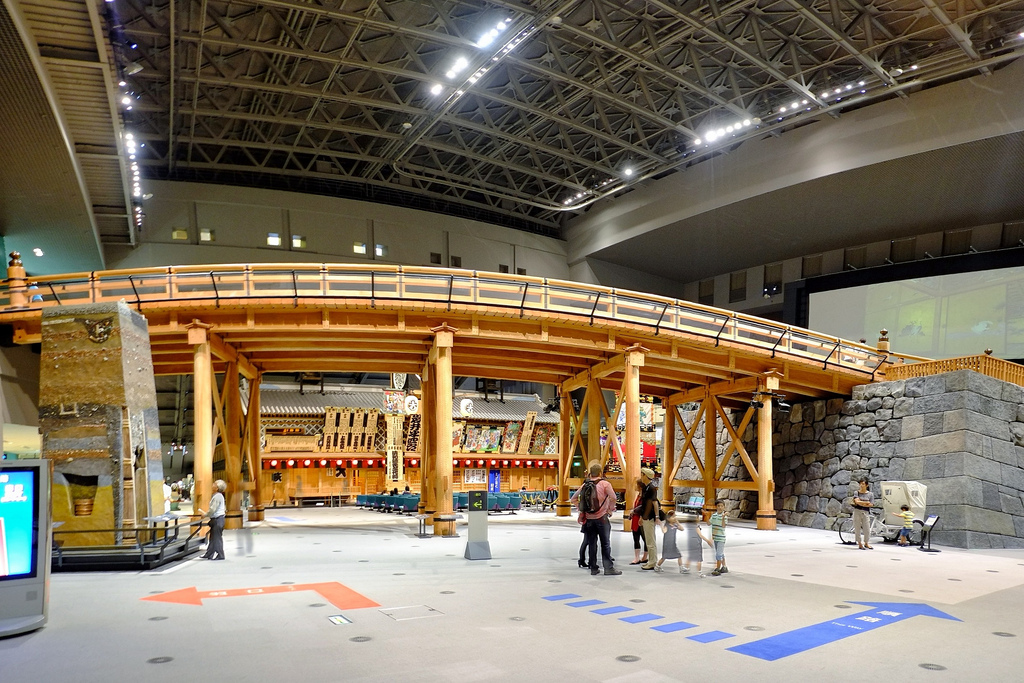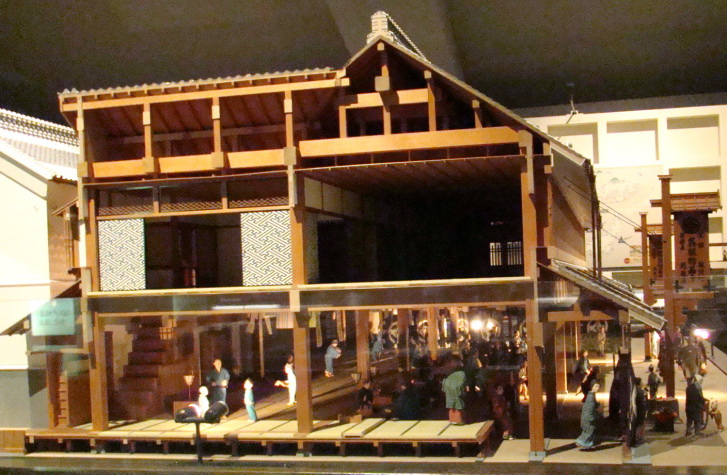Something visitors to the Edo Tokyo Museum will find out is that when the Canadian representative signed Japan’s official surrender file following World War II, he doinged this on the incorrect line. The staying signatories were for that reason required to change the names of the nations on the following lines with the names of their own. As an outcome, New Zealand’s representative needed to sign the lesser edge of the paper.

Edo-Tokyo Museum
This kind of openness about the history of Japan, going back four-hundred years to when Tokyo was the city of Edo, is captured in the Edo Tokyo Museum. For anybody wishing to leave Tokyo understanding plainly how it became the city it is today, a journey through time to the Edo Tokyo Museum is crucial.

Japanese traditional style farm house / 農家(のうか)
Founded in Tokyo’s Ryogoko area, the Museum’s exhibitions are housed in an amazing T-shaped structure which appears to drift in the air, with an entrance similar to the spaceship entrances of sci-fi. Its advanced method belies the structure’s interior; as soon as inside, site visitors cross a replica of the Nihonbashi, the wooden bridge which led into seventeenth century Edo.

Nihonbashi Bridge @ Edo Tokyo Museum
The Edo Tokyo Museum Zones
The Museum’s Edo Zone consists of full-scale reproductions of not just the Edo Bridge, however of Edo duration row residences and the Nakamura Kabuki Theatre; it likewise has splendid miniature screens revealing the active life of the Ryogoku area throughout the Edo duration, and a considerable show on the art of woodblock printing.
Passing under the Nihonbashi Bridge, site visitors get in the Tokyo Zone and experience Japan’s 19th century efforts to westernize. The Zone includes a full-scale reproduction of a paper workplace; a little scale reproduction of the Rokumeikan where government receptions were held; and a space committed to the 1923 Kanto Earthquake. The Museum teems with interesting duration artifacts, and provides complimentary multilingual led trips.

Miniatures @ Edo Tokyo Museum
 photos by:
minkymonkeymoo &
TANAKA Juuyoh (田中十洋),
padraic collins,
Rafael Gomez - http://micamara.es
photos by:
minkymonkeymoo &
TANAKA Juuyoh (田中十洋),
padraic collins,
Rafael Gomez - http://micamara.es